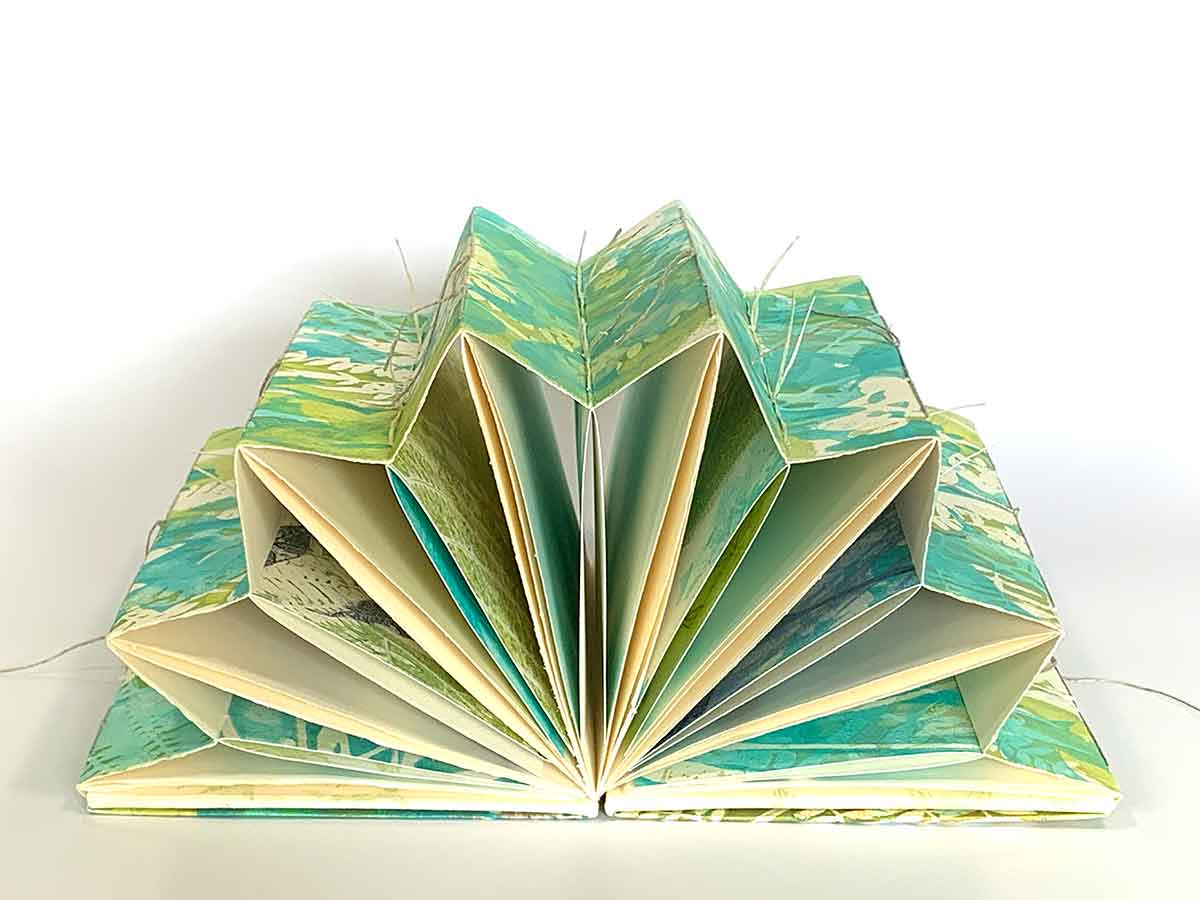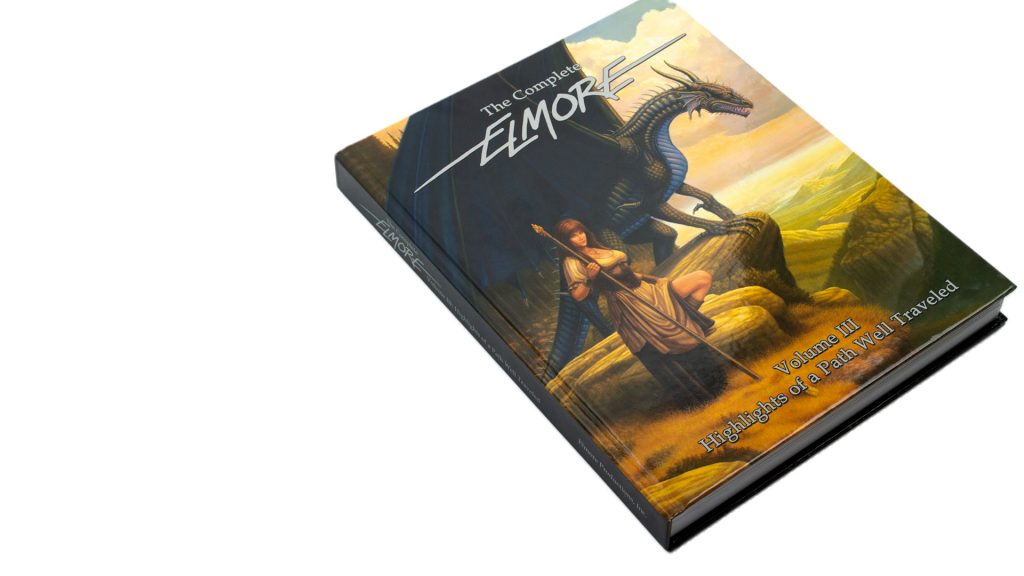Preparing Files for CMYK Conversion in Your art book Prints
Preparing Files for CMYK Conversion in Your art book Prints
Blog Article
Browsing the Globe of Art Book Printing: Tips and Techniques for a Remarkable Complete
When it involves art book printing, you require to mix creativity with technical know-how for the best results. You'll deal with options that can make or break your job, from choosing the best printing technique to selecting paper that improves your artwork. Prior to you settle anything, there's a necessary action that can save you from costly mistakes. Let's discover what that is and just how it can boost your art book.
Understanding the Printing Process
When you submerse on your own in the world of art book printing, understanding the printing process is critical for attaining your preferred results. Begin by familiarizing on your own with different printing techniques, like digital and counter printing. Each technique has its strengths, so consider your project's range and budget plan.
Next, focus on color management. Ensure your photos are in the proper color account, as this affects how they'll appear in print. You'll also want to select the best resolution-- 300 DPI is conventional for high-grade prints.
Don't ignore the significance of proofing. Always demand an evidence before the last print run to capture any type of mistakes or inconsistencies in color. Lastly, keep in mind that timing issues. Discuss manufacturing timelines with your printer to assure your project remains on routine. Recognizing these elements can greatly boost the high quality and overall look of your art book.
Choosing the Right Paper
Choosing the appropriate paper can substantially impact the general appearance and feeling of your art book. You'll want to assess variables like weight, texture, and coating. A heavier weight paper can give your pictures an extra elegant look, while lighter documents might really feel extra fragile.
Texture plays a crucial duty also; glossy paper improves shades and information for vibrant images, while matte paper provides a much more restrained and artistic appearance. Think of just how you desire your art work to be regarded-- do you favor sharp contrasts or softer edges?
This will help you envision how your art connects with various papers. Remember, the right selection can boost your book from regular to extraordinary, guaranteeing your imaginative vision radiates through in every page.
Exploring Binding Options
When it comes to binding your art book, you have actually got several alternatives to consider that can affect both the look of your job. Think of the longevity includes you need, along with the price effects of each binding technique. Choosing the right binding can boost your artwork and assure it lasts for many years to find.
Types of Binding Methods
There are numerous binding techniques to ponder for your art book, each offering special benefits and aesthetics. If you're seeking a streamlined finish, excellent binding is an outstanding selection, offering a specialist look with a tough spinal column. For a much more artistic touch, think about spiral binding; it allows your book to lay flat, showcasing your artwork wonderfully. If you prefer a conventional feeling, instance binding gives you a long lasting hardbound option, perfect for premium prints. Saddle sewing is an additional choice, excellent for thinner books and using a tidy and minimalistic look. Each binding approach has its appeal, so think about your book's function and audience to pick the one that finest complements your vision.

Choosing Sturdiness Functions
After thinking about the numerous binding techniques, it's time to concentrate on durability attributes that can enhance the durability of your art book. If you anticipate your book to withstand constant handling, opt for products like laminated covers or coated paper, which withstand wear and tear. Focus on these functions to keep your art book looking excellent.
Cost Ramifications of Binding
While choosing a binding alternative for your art book, it's critical to ponder how each selection influences your spending plan. Saddle sewing is a lot more affordable, excellent for smaller sized publications, yet it may not suit larger tasks. Inevitably, picking the right binding alternative can boost your art book's presentation without breaking the bank.
Creating for Publish
When making for print, you need to prioritize clarity and aesthetic effect to efficiently showcase your art work. Beginning by picking a shade combination that complements your items, guaranteeing it translates visit site well theoretically. Remember that colors may show up in different ways in print than on-screen, so select shades that maintain vibrancy when published.
Usage high-resolution pictures to prevent pixelation; goal for at the very least 300 DPI for peak quality. Consider your typography meticulously-- choose fonts that improve your art without overpowering it. Maintain an equilibrium between message and visuals, making sure that neither distracts from the various other.
Focus on format and white space, as these aspects lead the customer's eye and create a the original source harmonious circulation. Assume about the dimension and dimensions of your book; it must enhance your artwork, not constrict it. By focusing on these elements, you'll develop a sensational print style that astounds your audience.
Proofing Your Artwork
As soon as you've completed your layout, it's time to proof your art work to validate whatever looks as meant. Beginning by checking for any type of punctuation or grammatical mistakes, as these can diminish your message. Next off, check out color accuracy. If your art work is vivid on-screen, but boring on paper, modifications may be required. It's likewise necessary to examine photo resolution; low-resolution images can appear pixelated, wrecking the overall quality.
Publish an examination evidence to see exactly how your style converts to paper. This action gives beneficial understandings into color, contrast, and format. Do not hesitate to request for responses from relied on peers or coworkers-- they could capture concerns you forget. Ultimately, make sure your art work adheres to any kind of specific standards your printer calls for, such as hemorrhage and trim lines. A detailed proofing procedure assurances that your end product mirrors your tough job perfectly.
Dealing with a Printer
When you prepare to publish your art book, discovering the best printer is important. You'll need to plainly interact your vision and understand the printing requirements to ensure everything transforms out as expected (art book). Allow's check out how to make this procedure smooth and successful
Picking the Right Printer
Choosing the ideal printer can make all the distinction in bringing your art book vision to life. Study local and online printing business, paying focus to their portfolios and customer evaluations. You desire a printer experienced in art publications, as they'll recognize the nuances of recreating your artwork consistently.
Connecting Your Vision
To ensure your art book comes out just as you picture, it's crucial Home Page to connect your vision clearly with your printer. Start by sharing your imaginative idea, including motifs, shades, and any details aspects you want highlighted - art book. Be open concerning your budget plan and timeline; this helps your printer give sensible options.

Comprehending Printing Requirements
With your vision clearly articulated, it's time to focus on the technological side of publishing your art book. Comprehending printing specs is vital for accomplishing the ideal result. Next off, take into consideration the book's dimensions-- conventional sizes are often more cost-efficient, yet custom-made sizes can enhance your one-of-a-kind design.
Advertising Your Art Book
Advertising and marketing your art book successfully can make all the difference in reaching your target market and increasing sales. Are they art fanatics, collection agencies, or pupils? Showcase your artwork, share behind the curtain material, and involve with your followers via stories and articles.
Consider holding a launch occasion or joining art fairs to get in touch with prospective customers directly. Team up with influencers or blog writers in the art area to expand your reach. Do not underestimate the power of email advertising and marketing; build a newsletter to maintain interested readers upgraded.
Ultimately, leverage online markets and your internet site for direct sales. Deal minimal versions or unique promos to create seriousness. By incorporating these strategies, you'll enhance exposure and drive sales for your beautiful art book.
Frequently Asked Concerns
What Is the Ordinary Price of Art Book Printing?
The average cost of art book printing varies commonly based upon factors like size, page count, and materials. Normally, you're considering anywhere from $10 to $50 or more per book, depending on your choices.
How much time Does the Printing Refine Commonly Take?
The printing procedure usually takes about two to four weeks, depending on the project's complexity and volume. You'll need to consider style, proofing, and prospective modifications to ensure whatever satisfies your assumptions.
Can I Print a Restricted Edition of My Art Book?
Yes, you can print a limited edition of your art book. Just decide how many copies you desire, pick a top quality printer, and ensure you have actually got the best materials to create an unique feeling.
What Data Formats Are Best for Printing My Artwork?
For printing your art work, usage high-resolution data like TIFF or PDF. Stay clear of JPEGs for final prints, as they can lose information.
Just How Can I Make Sure Color Accuracy in My Printed Schedule?
To assure color accuracy in your published book, utilize a calibrated display, soft evidence your files, and pick a reliable printing solution. Take into consideration utilizing RGB or CMYK color settings as needed for your art work.
Report this page